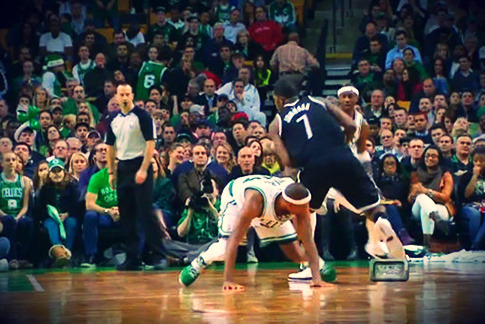I’ve struggled with chronic shoulder and elbow pain for the last two years.
I’ve taken a hard look at my exercise routine, going as far as eliminating dips and push-ups from the regimen.
Bench-pressing may have been doing the most damage all along.

If this is you the day after your workout, it’s time to re-evaluate your technique.
I’d perform the exercise through full range of motion, without ‘cheating’ by jolting my upper body forward or splaying my legs like a rag doll. Pain in my shoulders and elbows made mundane tasks like throwing a football, or even sitting in a chair without arm rests, uncomfortable.
There’s no reason a 26-year old—or anyone not playing professional sports, for that matter—should be struggling with shoulder and elbow pain.
I tried switching from the flat bench press to the incline bench press for upper-body workouts; less of the lifting motion is performed by the arms, reducing the stress on the shoulders and elbows.
After a few months of the incline, I switched back to the flat bench press; I just prefer the motion and setup of the flat bench to that of the incline.
In January, I took a long look at my form. Turns out the “standard” method most of us have been taught is a poor substitute for the proper way to bench and do push-ups.
Why isn’t proper form hammered home at the gym or in your favorite fitness magazine? It’s not so much a dereliction of responsibility as it is underestimation of the effect of subtle position changes on the body. Ego plays a role, too.
At what point does one of the most natural motions of the human body morph into a vessel for Arthritis and Bursitis?
Like much of what we do in life, the devil is in the details…..
Click here to re-learn the push-up and the bench press
(credit: StrongLifts.com)
Besides the usual principles of keeping a straight back and not using momentum to power through your lift, arm placement throughout the exercise is critical. Distribute the weight to the muscles intended to absorb heavy force by keeping your elbows closer to your torso.
Another common mistake: Pushing the bar out of the safety rack to start the exercise.
The proper way to un-rack the bar is to PULL the weight off the rack using your lats instead of pressing it up off the rack.
A good illustration: https://www.youtube.com/watch?v=P3W7KPSC9MI
By pulling the bar up and out, you maintain proper starting form and spare your shoulders the pain of stabilizing all that weight.
You may not feel any pain now, but the impact on your joints is cumulative. When you start creeping up in weights hoisted, the impact of errant form is magnified. Better to re-evaluate your form now and avoid damage and chronic pain in the future. By recruiting additional support from your legs and back, you’ll be able to lift more weight.

There’s never a bad time to practice proper exercise form.
Check out these other fitness articles:
